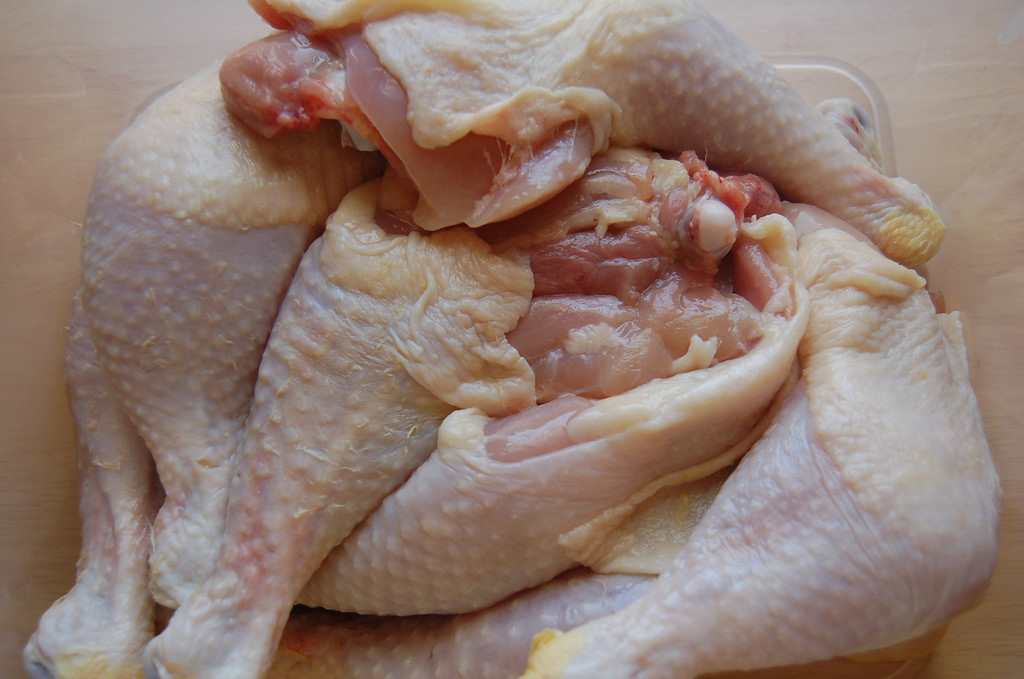This is how long it’s actually safe to keep and eat foods left in your fridge: https://t.co/HffIbnK1XE
– Cleveland Clinic (@ClevelandClinic) December 30, 2016
https://www.mpi.govt.nz/food-safety/food-safety-for-consumers/tips-for-food-safety/
Clean, cook, chill
Following the 3 Cs can help keep you safe from bugs in food and reduce the chances of food poisoning.
Clean
Good food hygiene starts with clean hands, but it’s also important to make sure your cooking area and tools are clean. If you’re concerned about cleanliness in your kitchen, it might be worth completing some Food hygiene eCourses.
Wash surfaces, chopping boards and utensils (like knives) with soap and water and rinse in clean water:
before you use them to handle and prepare food
between preparation of raw and cooked foods.
Benches and boards – wipe with a dilute solution of bleach (1 teaspoon of bleach in 2 litres of water) after cleaning.
Carefully wash and dry all food storage containers before use.
Use different sponges or cloths for the dishes, the bench, and the floor. Keep them separate.
Use paper towels to clean up messy spills like raw meat juices, then wipe with a cloth and hot water and detergent.
Change reusable dishcloths or sponges regularly. Clean by rinsing, then:
soaking overnight in a shallow dish of water with 5 to 10 drops of household bleach
microwaving for 3 to 4 minutes on high, or
putting through the hot wash cycle in the dishwasher.
Use a dishwasher or hot soapy water to wash dishes. Let dishes air dry rather than drying with a tea towel.
Always cover stored food – even in the fridge or cupboard. You should also cover food when eating outside, to keep out unwanted insects and bugs.
Use plastic film or foil to cover foods, or put into containers with tight-sealing lids.
Keep raw meat and chicken away from ready-to-eat food, fruit and vegetables. Store at the bottom of the fridge to prevent any juices – which can contain harmful bacteria – from dripping onto other foods
Cook
Make sure food is cooked through to kill harmful bacteria.
Defrost frozen foods thoroughly, or they won’t cook properly in the middle. Defrost food in your fridge overnight, or use the defrost setting on your microwave.
Cook chicken, mince, and sausages right through. Pork and poultry juices should run clear. Use a meat thermometer to check temperatures at the middle of the thickest part (internal temperature should be 75 degrees Celsius).
Keep raw and cooked foods separate – use one set of utensils for raw meat and chicken and another set for cooked food. Put cooked items on a clean plate, not one that’s been used for raw ingredients.
Refrigerate or freeze any leftovers within 2 hours. Cool hot food in small portions to speed cooling, then refrigerate in a covered container.
Reheat leftovers until steaming hot (over 75 degrees Celsius) and do not reheat more than once.
Check the use-by dates on packaged foods. Don’t buy or eat once this date has passed.
Learn more about food labels
Chill
Most harmful bacteria cannot grow at low refrigeration temperatures. Set your fridge temperature between 2 degrees Celsius and 5 degrees Celsius and follow these tips.
Cool hot foods for up to 30 minutes before refrigerating to prevent raising the temperature of stored food.
Never leave food at room temperature for more than 2 hours. If the room temperature is warm, you should refrigerate sooner as bacteria multiply more quickly.
Keep your fridge clean, and wipe up any spills immediately. And don’t overfill your fridge – this can mean some food isn’t kept cool.
If eating outdoors, use an icepack or chilly bin to keep food cold.
Keep a chilly bag or bin in your car to transport chilled or frozen foods, and transfer these to the fridge or freezer as soon as you get home. Use an icepack if you have long travel times after shopping, or won’t be going home straight away.

